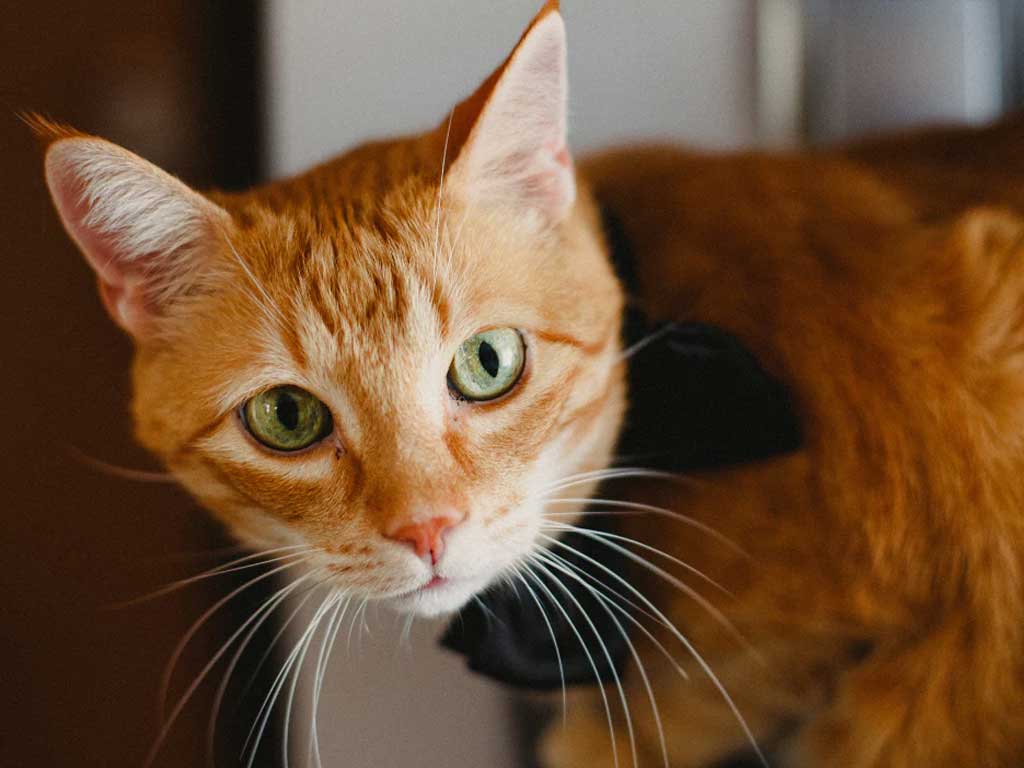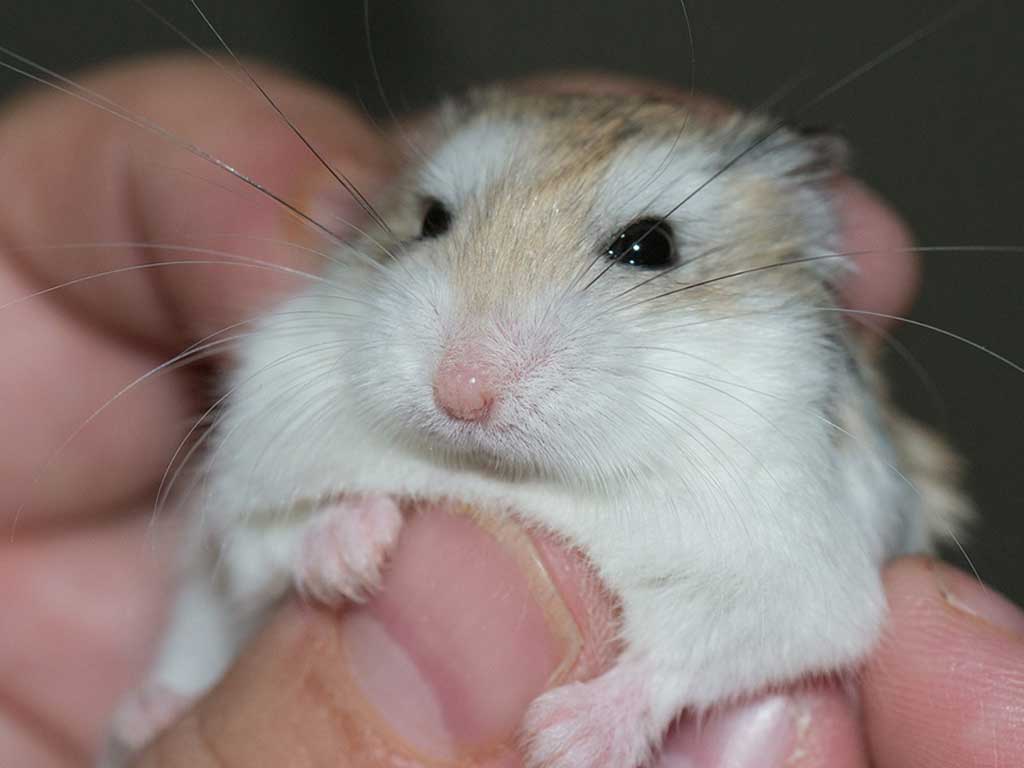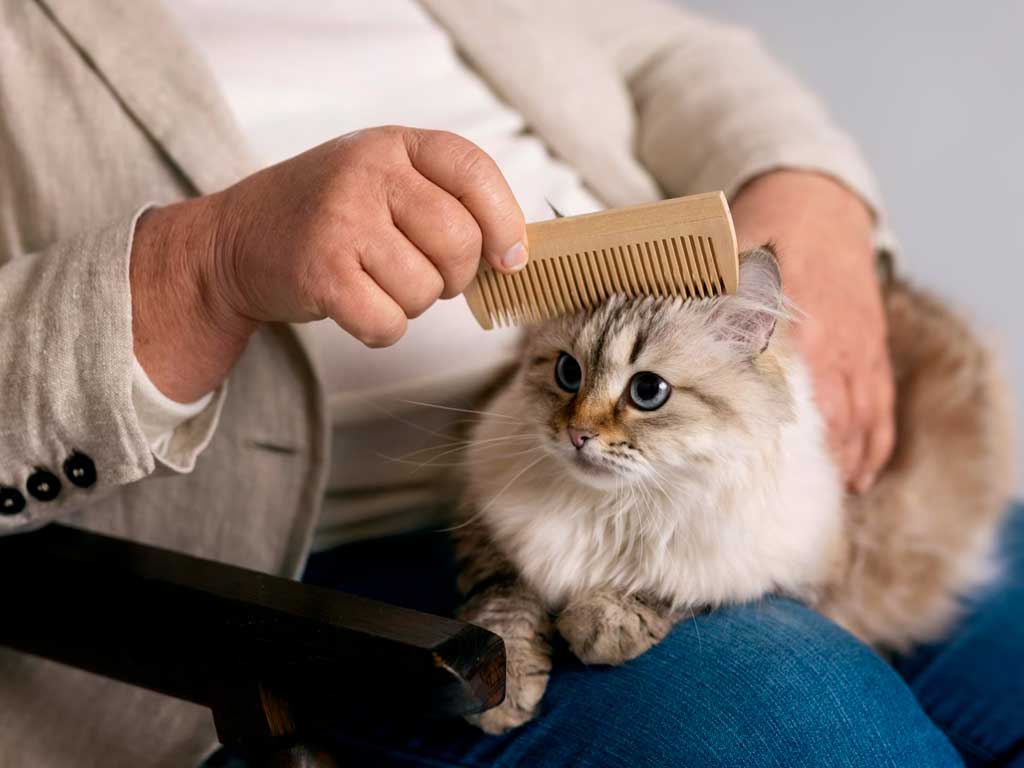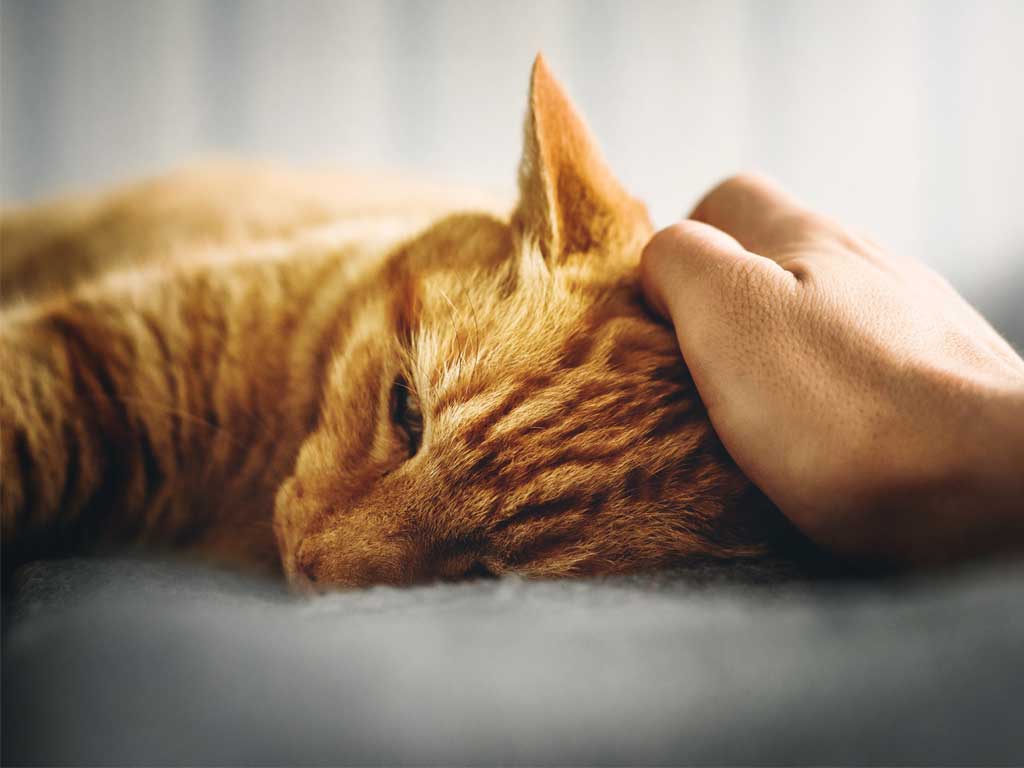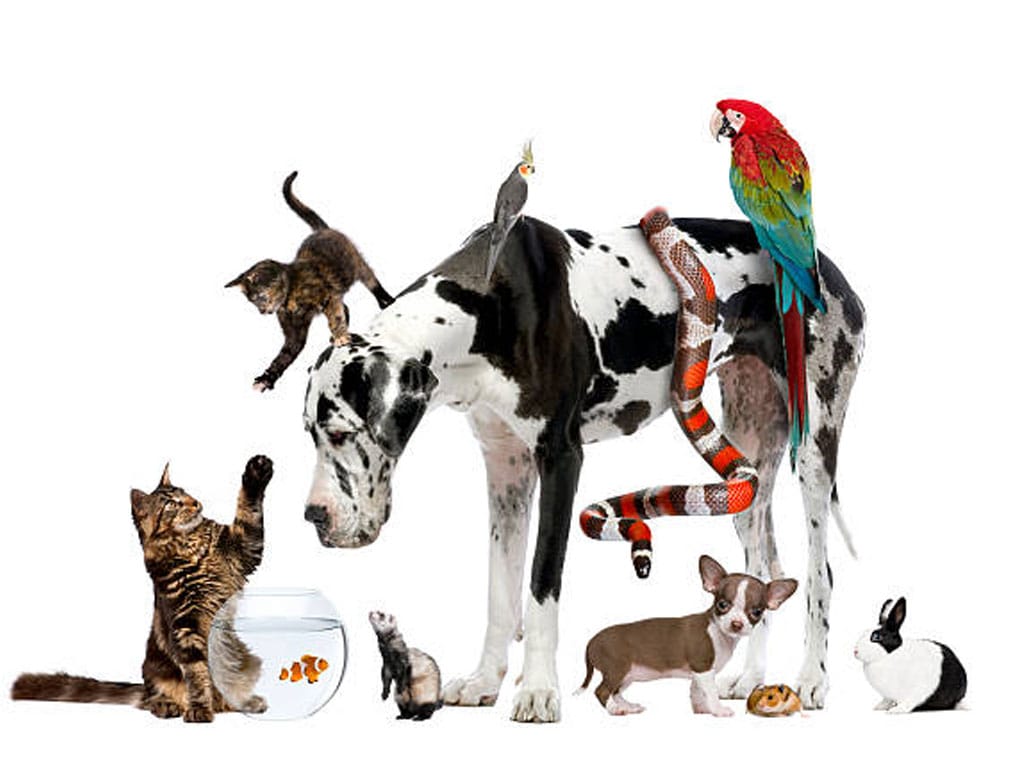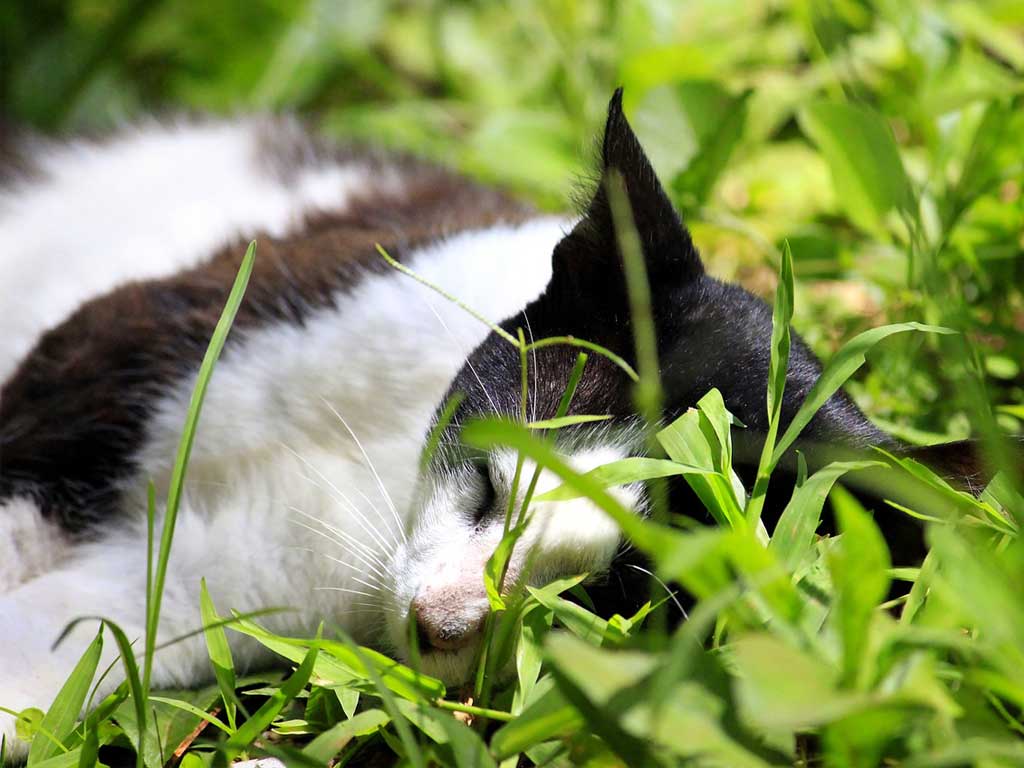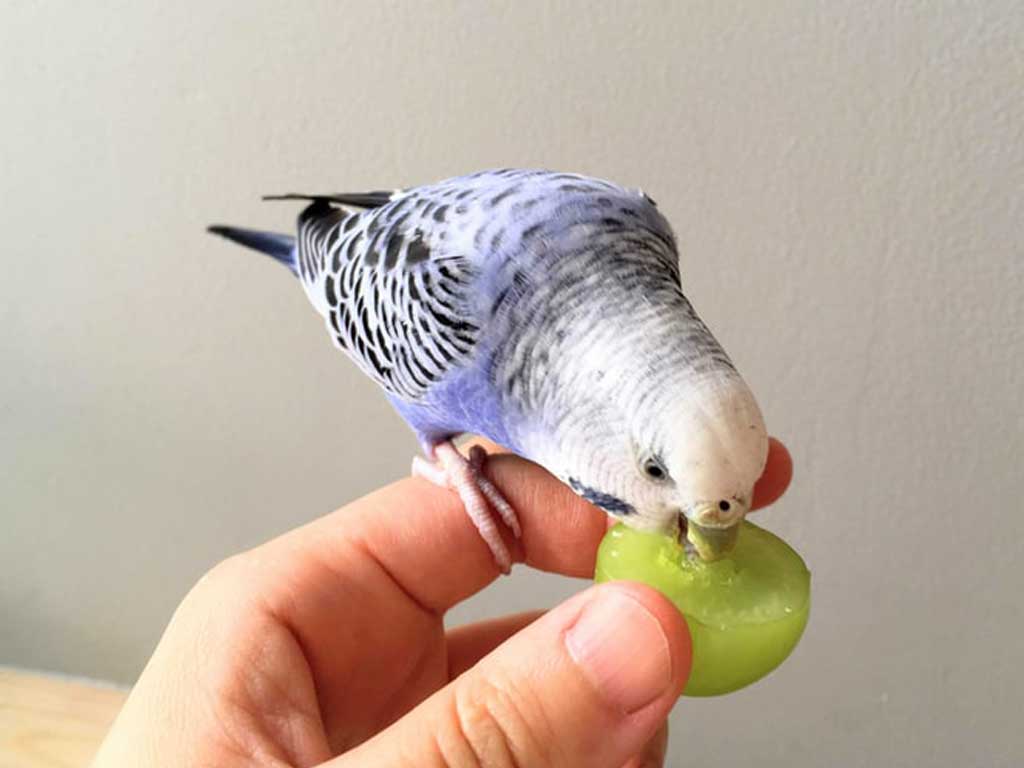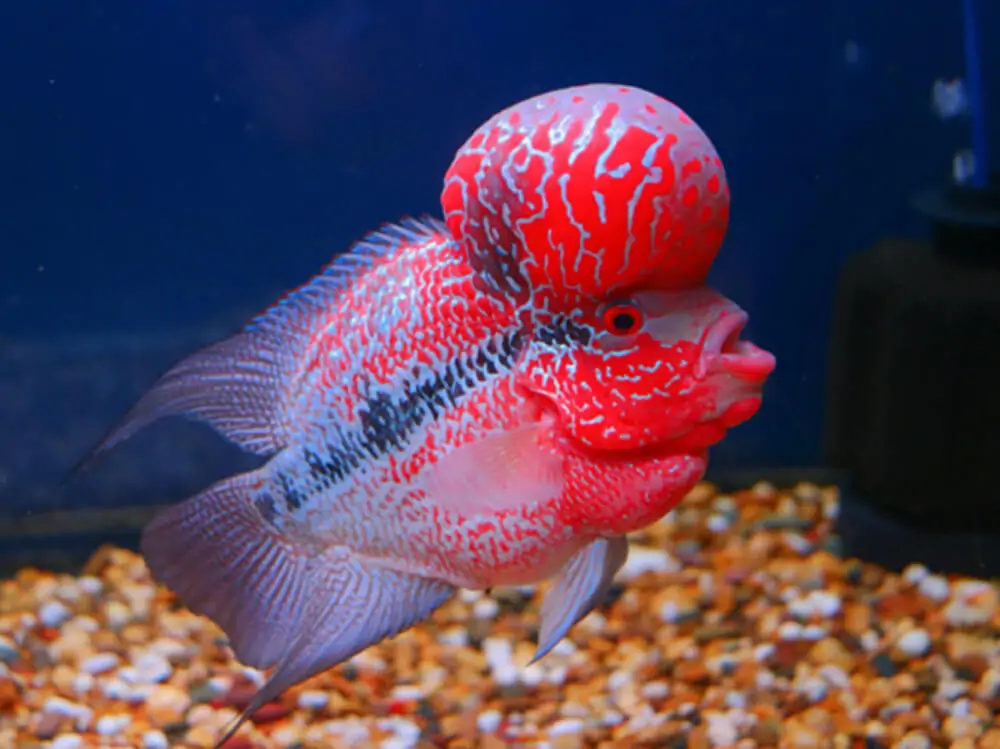The feline world is full of nuances, and among them, yellow or orange cats stand out for their personality, physical appearance, and, above all, their unique “cat-titude.” In this article, we explore everything related to these charismatic felines in depth, based on scientific studies and the practical experience. We will uncover everything from the genetics that determine their color to behavioral differences in urban and rural environments, along with tips for those who wish to live harmoniously with them.
The Charm of Yellow Cats
Yellow or orange cats are synonymous with joy and energy in many households. It has been mentioned in various videos that these cats possess unique characteristics that make them very special. This article delves into those traits, analyzing scientific data and empirical observations from those who have lived with them. Did you know that their coat pattern and certain distinctive markings, such as the classic “M” on their forehead, are elements that identify this variety of felines? Additionally, we explore how genetics influence the appearance of the yellow color and why these cats are mostly male.
The Tabby Pattern: An Unmistakable Feature
One of the first peculiarities of yellow cats is that they rarely have a solid coat color. Their fur pattern is almost always tabby, giving them a unique and easily recognizable appearance. When observing these cats, it is common to instantly identify the characteristic “M” on their forehead, which acts as a distinctive mark. This marking not only adds aesthetic beauty but has also become an iconic symbol within the cat-loving community.
The Genetics of Color: Why Are They Mostly Male?
The genetic explanation behind the yellow color in cats is fascinating. The color of their fur is due to the interaction of genes present on the X chromosome, the female sex chromosome. Female cats have two X chromosomes, while male cats have one X and one Y chromosome. This means that, in the case of males, the presence of the yellow color gene on their single X chromosome is enough for the cat to display this hue. In contrast, for females, the gene must be present on both X chromosomes for the color to manifest, which explains why yellow cats are much more common than yellow female cats.
This genetic peculiarity not only influences their appearance but also their behavior and the dynamics of living with these felines, as certain dimorphisms go beyond just color.
Sexual Dimorphism and Size: The Power of the Orange Male
Another relevant trait is sexual dimorphism, where it is noted that yellow or orange male cats tend to be larger than their female counterparts. This larger physical size gives them an advantage in terms of dominance within their territories. In conflict situations, strength and physical power are determining factors, allowing the male cat to better defend what it considers its own.
The size advantage translates, in many cases, into a greater ability to face off against other cats trying to take over their territory. This is especially relevant in environments where space is ample, and the cat can extend its domain more easily.
Behavior in Rural vs. Urban Environments
The way yellow cats behave varies significantly depending on their environment. In rural areas, the lives of these felines are very different from those in cities. In the countryside, cats have more space to roam and less human interference. This allows the male cat to defend a larger territory, encompassing colonies of females and solidifying its dominant role, which in turn increases its chances of having more offspring.
In contrast, in urban environments, the high density of cats and limited space make it harder to defend territory. The colony may be limited to a small park or a tiny garden between buildings. In these circumstances, even a less dominant or physically powerful cat can succeed in mating. Additionally, the bold and adventurous behavior of yellow cats exposes them to greater dangers in the city, such as traffic, dogs, and other urban risks.
The “Cat-titude”: Personality and Behavior
One of the most fascinating aspects of these felines is their “cat-titude,” a term that refers to their set of characteristics and behaviors. According to various studies and expert experience, yellow or orange cats exhibit several distinctive traits:
1. Extroversion and Sociability
These cats are often very extroverted. They love interacting with people and are not easily frightened by strangers. This attitude is partly due to their larger size and the confidence that comes with knowing they can defend themselves in tricky situations. Their extroverted nature makes them ideal companions for families seeking a affectionate and open cat.
2. Intelligence and Learning Ability
Intelligence is another standout feature of yellow cats. They are quick learners and can adapt rapidly to household rules. This intelligence allows them to understand and tolerate activities that other cats might find strange or even dangerous, such as walking on a leash. However, caution is always recommended in these activities, as the outdoors can pose unexpected risks.
3. Bravery and Fearlessness
Thanks to their bold nature and size, yellow cats often show less fear in situations that would intimidate other felines. This bravery allows them to face potential threats and explore without fear, though it can sometimes lead to greater risks, especially in urban settings. Their daring, however, is also what makes them so special and beloved by many owners.
4. Active and Energetic Behavior
While some scientific studies suggest that these cats are calm, the experience of many owners indicates that they are incredibly active. The “Warner feline hour” is a clear example of this, when these cats seem unstoppable and full of energy. Their dynamism translates into a life full of activity, always seeking something to do or explore.
5. Affection and Special Bonds
Lastly, one of the most positive traits is their affection toward humans. Yellow cats are very friendly, constantly seeking contact and closeness with their human companions. This bond becomes an advantage when establishing lasting and harmonious relationships at home, making them ideal pets for families who value affection and constant companionship.
Tips for Successful Coexistence
While each cat is unique, it is important to consider certain aspects to ensure a healthy and happy coexistence with a yellow or orange cat:
Gradual Adaptation and Approach
The first step in making a cat feel comfortable in its new home is adaptation. It is crucial for the owner to approach the cat calmly, getting down to its level and allowing it to gain confidence. Avoiding intimidating behavior is key to ensuring the cat perceives its owner as an accessible companion rather than a threat.
Teaching and Establishing Rules
Since these cats are highly intelligent and quick learners, it is important to establish household rules early on. This includes teaching them to use the litter box, scratching post, and other essential items for their well-being. Early training helps prevent behavioral issues in the future and facilitates coexistence.
Caution Outdoors
While it may be tempting to take cats outside, extreme caution is advised. If you decide to take your cat outdoors, it is crucial to teach them safety guidelines beforehand and to do so in a controlled environment. The risks in the city are numerous: traffic, dogs, noise, and other hazards that can compromise the cat’s health and safety.
Adequate Space and Environmental Enrichment
The environment in which a cat lives significantly influences its behavior. Ensure your pet has enough space to move, play, and explore, as well as stimulating elements like interactive toys, scratching posts, and resting areas. An enriched environment promotes physical and mental development, reducing stress and encouraging positive behaviors.
The Influence of the Past on Feline Personality
A cat’s personality is not only shaped by its genetics or current environment but also by its past experiences. A kitten that has lived a life of comfort and love from birth will behave very differently from one that has been rescued after suffering abandonment or abuse.
The “cat-titude” of a yellow or orange cat, while generally presenting certain common traits, can vary depending on its personal history. Therefore, it is essential to understand and respect each animal’s past to adapt to its emotional and behavioral needs.
Calm or Dynamic?
The debate over whether yellow cats are calm or, on the contrary, hyperactive has sparked differing opinions. While some studies suggest they are calm animals, the daily experience of many owners reveals that they are often incredibly restless and active, especially at night. This duality in their behavior is precisely what makes them so interesting and worthy of study.
The discrepancy between certain studies and empirical experience invites reflection on the complexity of feline behavior. Each cat, even within the same variety, has a unique personality influenced by multiple factors, from genetics to life experiences. Thus, the debate between calm and energetic cats has no definitive answer but highlights the diversity of “cat-titude.”
The Special Relationship Between Humans and Yellow Cats
One of the most celebrated aspects of yellow or orange cats is their ability to form deep and affectionate bonds with their owners. This connection is established naturally, as these felines show great attachment and constantly seek contact and affection. Their affinity for humans translates into harmonious coexistence, where mutual respect and understanding play a fundamental role.
The sociability and affection displayed by these cats make them ideal companions for those seeking not just a pet but a true friend. This special bond is strengthened through small daily actions, such as sharing playtime, establishing routines, and, above all, providing a safe and stimulating environment.
In short, whether you prefer a cat that relaxes in a corner or one that turns into a “dynamite” at night, the key is to understand and respect their nature. Yellow or orange cats are proof that the diversity in the feline world is as vast as it is fascinating, and their relationship with humans is a clear reflection of the magic that happens when living with these vibrant beings.
Finally, remember that every cat is a world unto itself. While studies offer general guidelines, personal experience is invaluable for deeply understanding the complexity of their character.

